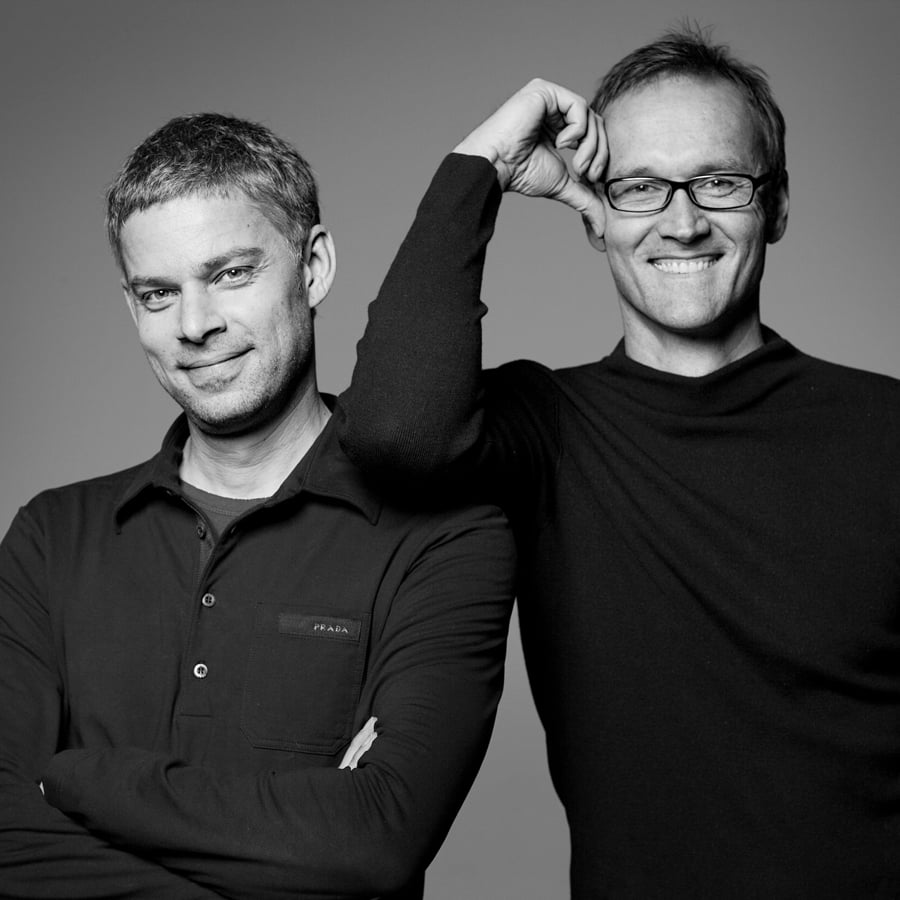
May 28, 2020
Brace, A New Table From Davis Furniture, Is a Modern Heirloom
Designers jehs+laub create a statement piece for Davis Furniture that’s inspired by the forests of Europe.
Sponsored by:

With impossibly slender legs holding up a heavy solid-wood top, the Brace table is the latest collaboration between the German design duo jehs+laub and Davis Furniture Industries, a brand that dates to 1944 and is now operated by the fourth generation of the Davis family. “Some of our most iconic products are designed by jehs+laub,” says Danny Davis, president of the North Carolina–based furniture manufacturer, citing the brand’s popular Ginkgo collection.
Each Brace table is crafted from a single walnut or oak tree. The solid wood gives the table a certain gravity, combining the organic softness of the forest with the strength and durability needed to meet the needs of a busy office or dinner party. Brace is available in rectangular, rounded rectangular, and circular layouts, as well as multiple sizes.
“When we came up with the idea, the initial concern was that the table would not be stable enough,” says Markus Jehs. The pair looked at a range of manufacturing technologies to create the distinctive legs they envisioned for the table, but that could also support the weight of a solid wood top. They ultimately went with a nearly 200-year-old method of steaming and bending wood to achieve Brace’s minimalist design.

The sculptural legs, constructed from either steam bent solid wood or 3/8-inch solid steel bent at the same angle, unite at the floor and split into a fork that connects to the underside of the wood slab.
Taking its name from the strength inherent in that connection, the Brace table joins Davis’ robust solid wood series. Each piece is an heirloom that carries with it the story of the European forest in which it grew. Hundred-year-old trees are harvested at the end of their natural life, and two saplings are planted in their place. The slabs are cured for two years before landing in the hands of Swiss craftsmen, who use every part of the tree.
Every stretch of grain in each ring tells the story of a tree that developed character as it grew; the designers intend for the families and companies that use these tables to add their own chapters.
“This is the most important part—you touch it, you see it, you smell it,” Jürgen Laub says. “You can see all the years of history in front of you.”










